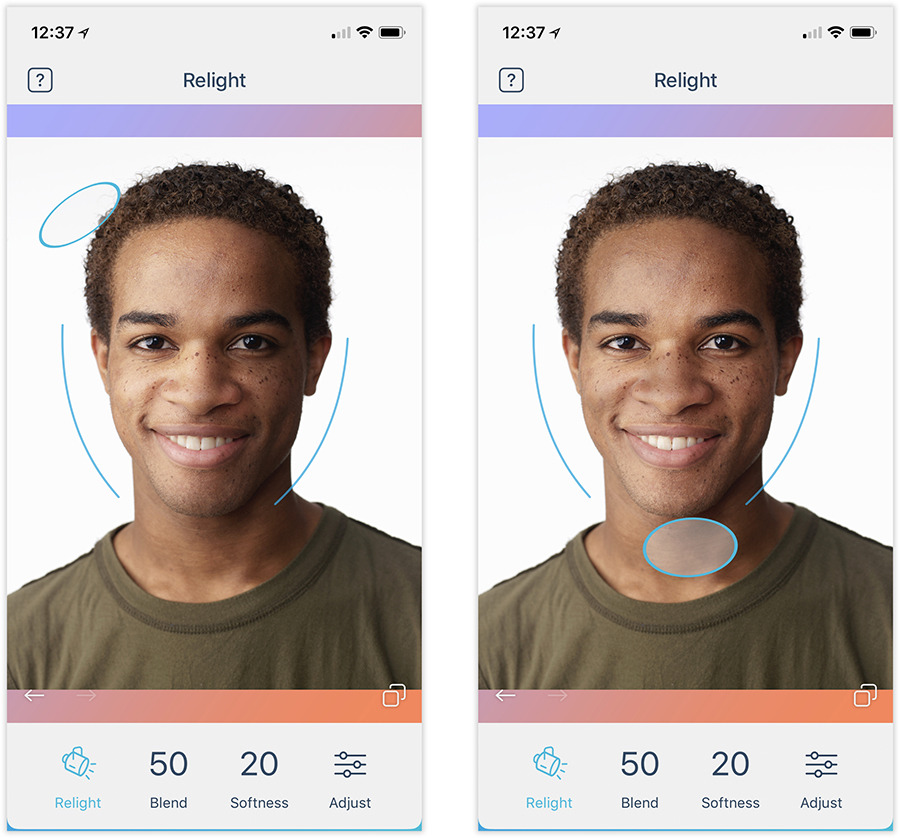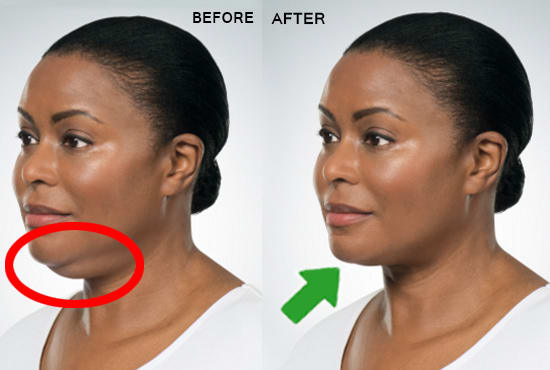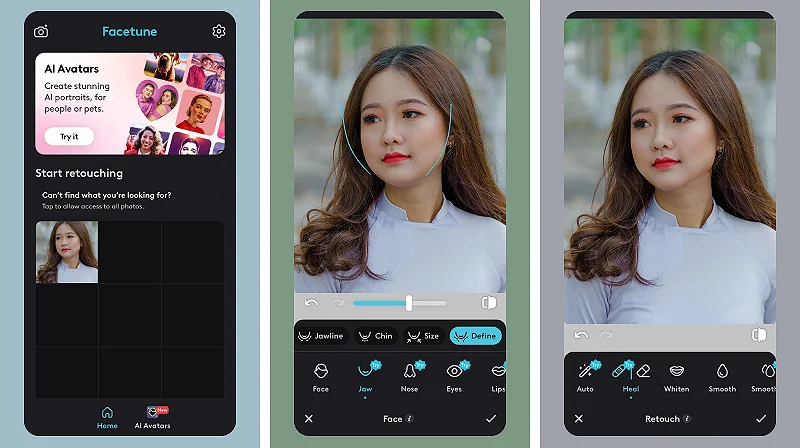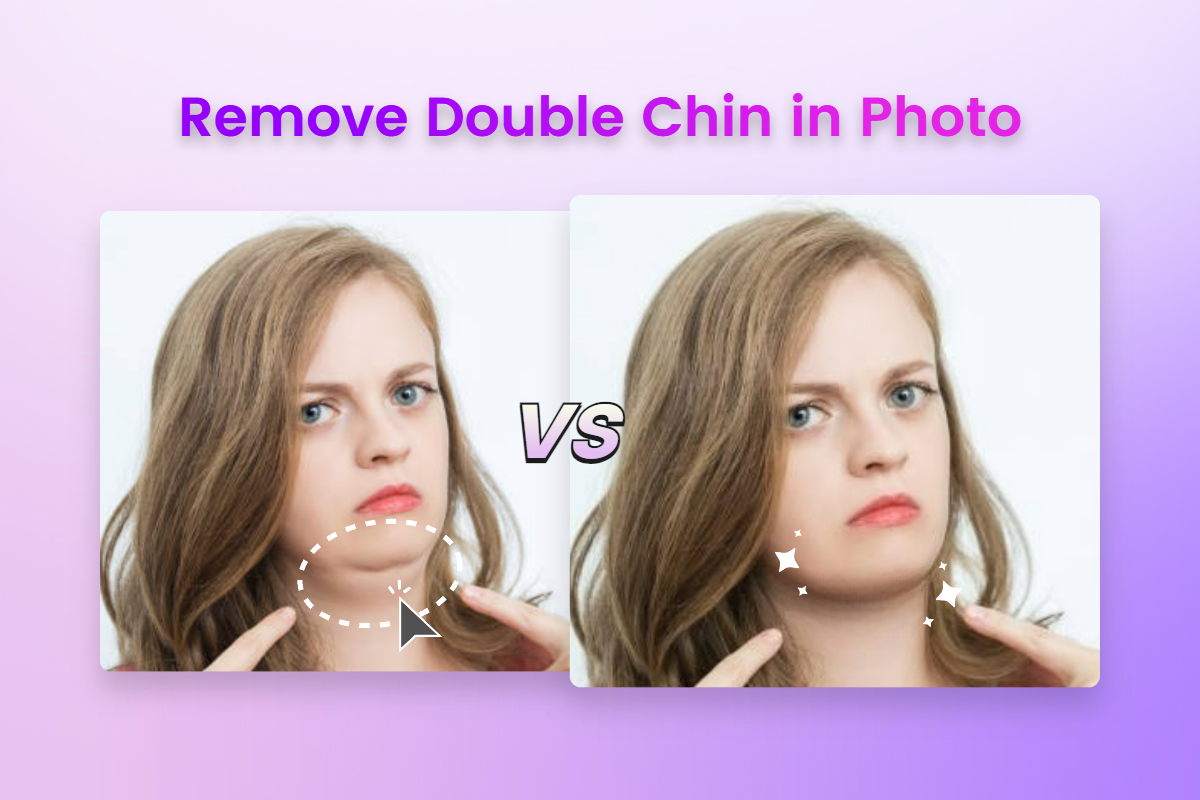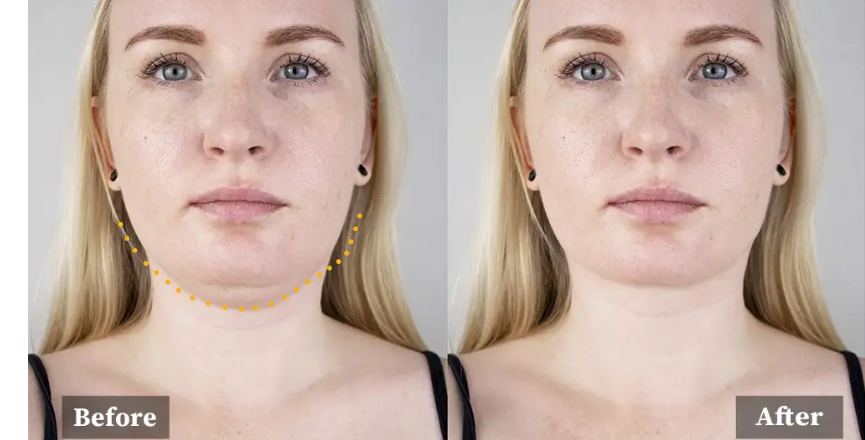How To Remove Double Chin On Facetune

Imagine scrolling through your camera roll, a montage of memories flashing by. There you are, laughing with friends, enjoying a sun-drenched vacation, or simply capturing a quiet moment at home. But then, you pause. Something catches your eye – that pesky shadow under your chin seems more pronounced than you remember. You sigh, thinking, "If only I could just tweak that a little…"
The quest for the perfect selfie or portrait has led many to explore the digital world of photo editing, and Facetune has emerged as a popular tool for refining appearances. The app offers a suite of features designed to smooth skin, brighten eyes, and, yes, even minimize the appearance of a double chin. This article delves into how you can use Facetune to subtly enhance your photos, focusing on natural-looking adjustments and promoting a balanced approach to digital enhancement.
Understanding Facetune's Reshape Tool
Facetune's "Reshape" tool is the key to subtly altering facial contours. It's designed to allow you to push, pull, and smooth areas of your image. Mastering this tool requires a delicate touch, as overzealous use can quickly result in an unnatural or distorted look.
Gentle Adjustments Are Key
Start with small, incremental adjustments. Instead of drastically reducing the double chin in one go, gently nudge the skin upward, blending it seamlessly with the surrounding area. This approach helps maintain a more realistic appearance.
Focus on smoothing the transition between the chin and neck. A harsh line can be a dead giveaway that editing has occurred. Use the tool to soften edges and create a natural curve.
Pay attention to the overall symmetry of your face. Altering one area can affect the balance of the entire image, so it's important to view your adjustments holistically. Step back and view the photo from a distance to see if any areas look obviously edited.
Consider Lighting and Shadows
Lighting plays a crucial role in how a double chin appears. Harsh lighting can accentuate shadows, making it seem more prominent. Before resorting to editing, consider adjusting the brightness and contrast of the image to soften the shadows.
Facetune also offers tools to adjust lighting. Experiment with these to see if you can minimize the appearance of the double chin without directly manipulating its shape.
Remember, the goal is to enhance, not erase. Working with the existing light and shadows can often yield more natural-looking results.
Beyond the App: Embracing Self-Acceptance
While photo editing can be a fun and creative outlet, it's important to maintain a healthy perspective. Every body is different, and what we perceive as flaws are often just unique characteristics that make us who we are.
Focus on capturing moments that showcase your personality and joy, rather than obsessing over physical imperfections. Genuine smiles and authentic expressions are far more captivating than any amount of digital retouching.
It's also helpful to remember that social media often presents a highly curated and filtered version of reality. Comparing ourselves to these images can lead to unrealistic expectations and negative self-perception. According to research from the American Psychological Association, constant exposure to idealized images can contribute to body image dissatisfaction.
Ultimately, the most beautiful photos are those that reflect genuine happiness and self-acceptance. While Facetune can be a useful tool for subtle enhancements, it should be used responsibly and with an awareness of its potential impact on self-esteem.
So, go ahead, experiment with Facetune if you wish, but remember that your inherent worth extends far beyond the digital realm. Embrace your unique features, celebrate your authentic self, and capture moments that truly matter.



